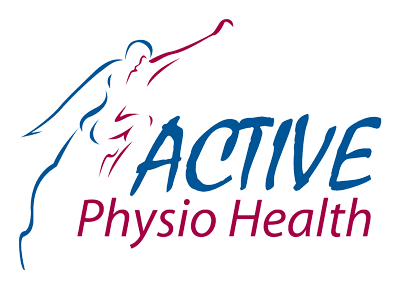Shin splints are caused by a cumulative stress on the lower leg, with jarring of the bones and joints. Those at most risk of this type of injury are runners, due to the constant stress on their legs. Those that run on hard surfaces have a higher risk of shin splints. Symptoms usually include aching pain in the front or back of the lower leg. To minimise the risk of shin splints, adequate rest between training sessions is advised. Some taping techniques have been proven to be effective, but proper footwear is most important.
To accurately treat shin splints, a proper diagnosis should be done. Shin splints is a term that encompasses a number of different injuries. Some of the more common shin splint injuries are:
Medial Tibial Stress Syndrome
Where muscles at the front of the lower leg pull against the lining of the tibial bone, and therefore inflammation occurs. This is more common in runners with poor technique. Symptoms usually include pain that is worse at the start of the activity, eases as you warm up, and gets worse again when activity has finished. Rest is the best form of treatment, but to prevent it from happening again, an assessment of the incorrect biomechanics is important to decrease the stress. Icing is an effective treatment, and orthotics may be useful to correct the incorrect biomechanics.
Chronic Compartment Syndrome
This painful condition happens when the muscles surrounding the shin become excessively bigger, and under exercise conditions the muscles expand without the connective tissue surrounding them doing the same. This connective tissue then restricts muscles, nerves, and blood vessels which causes pain, stiffness, and cramping. The symptoms usually get worse the longer you exercise, and will usually force you to stop. As soon as exercise is ceased the pain usually goes away quite quickly. Treatment for this condition includes stretching of the following muscles: gastrocs, soleus, tibialis anterior – massage to release the tight fascia, acupuncture, and in the most severe cases fasciotomy surgery where they cut the tight fascia.
Tibia of fibula Stress Fracture
Pain usually occurs at night, but it also causes pain during the day when walking. This usually has a very local area of pain at a certain part of the shin when pressed. Rest is the best form of treatment, but a review with an orthopaedic surgeon would be advised. They may prescribe a cam-boot to immobilise the area for a certain time.
There are other causes of shin splints, but they are the typical three. My advice is to first seek a physiotherapy opinion in an attempt to identify the cause. If it is medial tibial stress syndrome then I would most probably do a biomechanical assessment on you, and potentially correct your landing technique to minimise the stress on your lower leg, potentially look into some orthotics, advise plenty of calf and shin stretches, and finally work on your proprioception and balance. And lastly, don’t forget ice, rest, compression and elevation.
To learn more about shin splints, please contact our team at Active Physio Health, or request an appointment today



